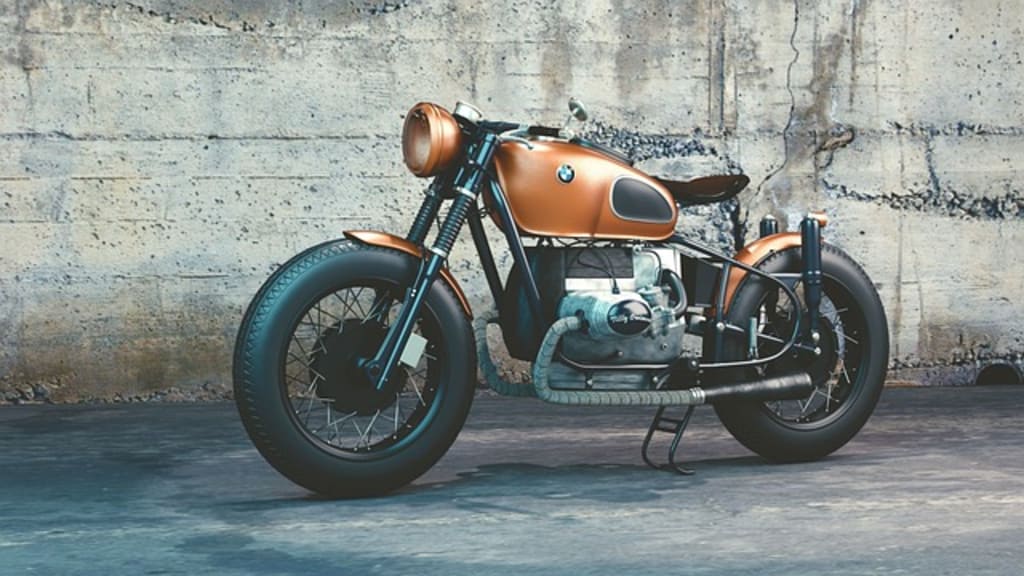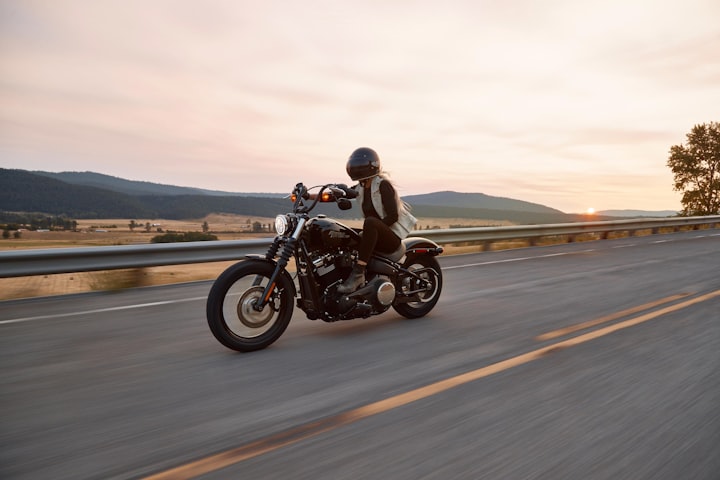How to Winterize a Motorcycle
You should start to consider winterizing your motorcycle when the weather starts getting colder and you do not plan on riding it any longer for the season. In the northeast I start to winterize my motorcycle in early November when it is too cold to have an enjoyable ride.

Start writing...So many motorcycle owners loose the first few weeks of riding in the spring because they did not spend the time properly winterizing their motorcycles in the fall. Many first time bike riders take for granted that their bikes need attention even when they are not riding them in the winter months. A very typical condition that happens in most motorcycles is that untreated fuel in a motorcycles carburetor will eat away and/or gum up the jets within any motorcycle carburetor. Their are a variety of different methods you can perform to prevent this from happening.
Another common scenario is a dead battery after the bike has sat in a cold garage all winter. This is also a fairly easily remedied problem that can be avoided.
You should start to consider winterizing your motorcycle when the weather starts getting colder and you do not plan on riding it any longer for the season. In the northeast I start to winterize my motorcycle in early November when it is too cold to have an enjoyable ride.
Removing the fuel from the carburetor is one method that many riders use to prevent excess material from being built up within the carburetor.
Before removing the fuel from the carburator is also a good idea to add a winterizing stabilizer to your fuel. This will help to stabalize the fuel and prevent it from gumming up while in storage for a long period of time. Below I will describe a two different methods to help preserve your engine over the long winter months. Each method works well and it is completely your preference which method you choose.
Winterizing Method 1 – “Keep Her Running”
Some riders will simply not winterize there bikes at all. Even if they do not ride in the cold winter months they turn over and rev up their engines until they are warm every week to remove any buildup of water in the cylinders. This is the method that I prefer as it is the easiest and will help me to troubleshoot any potential issues with the bike well before the beginning of the riding season as I will be keeping a closer eye on its running condition all throughout the winter months. If you do plan on using this method, just be sure to keep a small amount of fuel in the tank and drain and place fresh gas in the tank often to prevent the gas from going bad. If the gas is left in the tank for too long it will gum up and clog the jets in your carburetor. I also perform an oil change to help keep the cylinders, pistons and rings well lubricated with viscous oil when the bike is not being run often.
Winterizing Method 2 – “Drain and Lube”
An alternative more traditional method of winterizing your bike is to add winterizing fuel stabilizer to your motorcycle’s almost full gas tank to prevent the gas from going bad and helps to remove water build up. Once you add this stabilizer to your fuel run the bike for a few minutes to ensure the stabilizer reaches any fuel that is currently in the carburetor. You should then turn your pit-cock off and drain the carburetors to remove any fuel that may be left inside the carburetor. This will help to prevent any buildup of deposits inside the carburetor.
It is also a good idea to lubricate the cylinders and pistons if the bike will not be run for over 3 months. This can be done be removing the spark plugs and pouring 10cc’s of clean engine oil directly into each spark plug hole. You can then crank the engine over a few times by hand to lubricate each cylinder and finally Replace the spark plugs. This will help to preserve the pistons, rings and cylinder walls from rust buildup over the long span of time that they will not be used.
It may also be a wise idea to perform a full oil change to remove any water that may have found its way into the crankcase.
You can also remove the battery from the bike, charge it for a few hours to ensure it is fully charged and then store it in a warm location. Do not
store the battery if it is fully discharged as this will limit its ability to hold a charge next year.






Comments
There are no comments for this story
Be the first to respond and start the conversation.